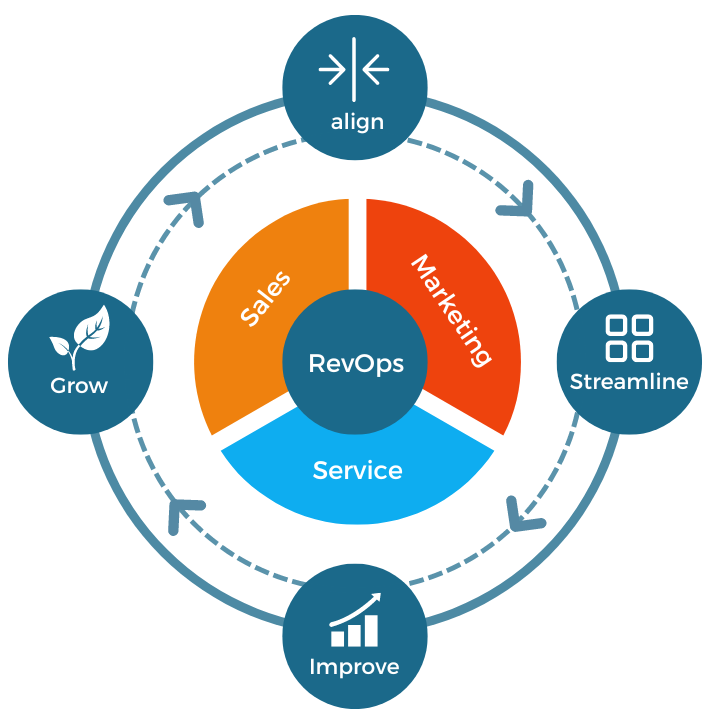I’ve Suffered From ‘Long COVID’ for 2 Years. It’s Wrecked My Life.
- Karyn Bishof, a former firefighter and paramedic, has been dealing with long-term COVID-19 symptoms for about two years.
- She has been in significant pain since March 2020, and she hasn’t been able to work.
- This is her story, as told to writer Fiona Lowenstein.
This as-told-to essay is based on a conversation with Karyn Bishof, a former firefighter paramedic. She’s also a long COVID patient and advocate in Boca Raton, Florida, who has been sick for nearly two years. The conversation has been edited for length and clarity.
I got COVID-19 on March 15, 2020 while working as a firefighter paramedic. I ended up losing my job. Since losing my job, my health has declined further. I’ve been unable to work for nearly two years.
I spend about 85% of my time in my bed. The only thing that I commit myself to doing every weekday is making sure my son has some type of normalcy, which means getting him to and from soccer practice. I’ve been dealing with insomnia, nausea, heat intolerance, rashes, dizziness, vomiting, tachycardia, tinnitus, chest pain, chronic pain and stiffness, severe debilitating fatigue, light sensitivity, food aversion, an on-and-off cough, and many other symptoms.
Every morning I wake up in severe pain. I’ve had a headache every single day since March 15. I relive the worst aspects of my life even in my sleep, which is part of why I don’t sleep.
For 10 years, I struggled as a single mom. Food stamps and Medicaid have been a long-term thing for us. For a while, I worked as a PE and health teacher, director of athletics, and a coach. I made anywhere from $40,000 to $52,000 per year.
In 2016, I started training as a firefighter paramedic — my lifelong goal. I went through hell going through fire and paramedic training while trying to balance working full-time, and it took about a year after finishing training to get hired as a firefighter paramedic.
It was the first time I had the feeling that everything was going to be OK. I can finally provide for us, I thought. I don’t have to worry. I can put money away for my son’s college. We’re good.
Then, I got COVID-19.
My expenses pre- and post-COVID for housing, utilities, and bills haven’t changed — about $4,000 a month. Now, with the cost for medications and getting to doctor’s appointments, it’s about $4,600 a month. That’s not even taking into account if I lose my Medicaid or food stamps. It’s scary to think about.
Medicaid has covered most things, and my pharmacist has helped me keep the medications that aren’t covered as low as possible. Migraine medication would have been $880 a month and there’s no GoodRx for it, so I couldn’t pick up that medication.
Medical marijuana is my most expensive medical cost besides the doctors who I pay cash for, who are all the specialists. During my long COVID journey, I’ve seen 20 specialists — nine of whom I see regularly, three of whom are cash or out-of-pocket.
I think the financial issues are right up there with the need for treatment and care for long-haulers.
We’re talking about kids potentially facing generational poverty. We’re talking about never-ending medical debt. In the beginning, the advocacy work was really about collecting the data and collecting the people: How many of us do there seem to be? Who can help us? Is anybody even aware of this?
The answer was no, and then as when we got more organized we were able to start collaborating and building a community. We recently launched a group on Facebook for all long-haulers in need to post their fundraisers, and we want to make it a central location for long-haulers to ask for assistance and for the people who are willing and able to help them.
Now, we’re meeting with Congress and the National Institute of Health. I’m not compensated for this work, other than my work for the NIH RECOVER initiative, which is a study with the goal of identifying the prevalence of long COVID and its associated symptoms and diagnoses in the United States. I make $100 per hour for occasional one-off meetings with this group.
When I was working, I was able to start paying everything down, get out of debt, and build my credit score. Now, all I have are credit cards.
My workers’ comp payments ended December 31, 2020 after a doctor dismissed me, saying my symptoms were psychosomatic. I also stopped receiving funds from the Pandemic Unemployment Assistance program, and I was denied disability.
I want to know how I got denied. I have the strongest paper trail of any “long-hauler” I know — I’ve seen every specialist and pushed for every test — and long COVID can be considered a disability.
When people think about COVID-19, they think about life and death, being prevented from going to their favorite places, having to wear a mask, and what they are going to do with their kids through the various schooling scenarios. What everyone seems to overlook are those of us in the middle who didn’t die, but who also haven’t survived, yet. There is a middle ground that makes up the largest impact of the pandemic and that is long COVID. Failure to educate and advocate for the needs of long-haulers leaves them without jobs, financial assistance. Long COVID is long, and it will have an impact on our health and the national economy for decades to come.
If only we didn’t have to fight so hard just to prove that we’re sick.


.jpeg?width=682&height=455&name=AdobeStock_295048993%20(1).jpeg)



